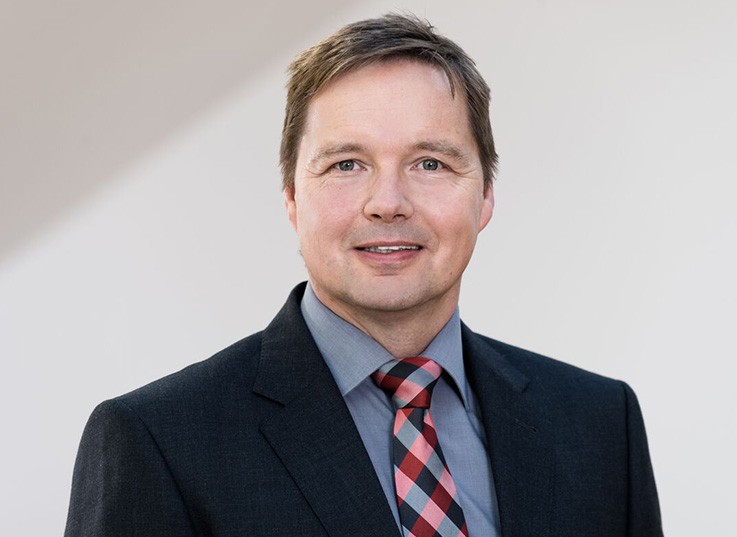Process optimization starts with analyzing your processes. The work factor is crucial in production and logistics and is driven by necessary processes. Based on thorough process analyses, we design alternative processes and system concepts and evaluate them for potential improvements.
Optimising processes: improving logistics efficiency
Our claim is to save costs by optimizing processes. With our experience from various completed projects, we always deliver practical results for production and trade.
Objectives and Possibilities of Process Optimization
- Sustainable improvements in efficiency and cost reduction.
- Minimising throughput times
- Meet the required quality standards.
- Motivate employees to improve their performance
- As a company, we have standardized processes that are detached from departmental hierarchy.
- Simplification
- Clear responsibilities
- Consistent transparency
Procedure for Optimising Processes
Improvements? Of course, and as soon as possible! But how does my management go about it in a structured way? The basis of our process improvement approach is a process-oriented approach to the entire operational processes of a defined area. The first step is to clearly visualise and understand the current situation. Each individual process must be examined to identify potential for improvement. Highly complex system solutions need not be the end result of process optimisation.
Ingo Schalow
Don‘t hesitate. We look forward to seeing you!
+49 (0) 4102-66780
ingo.schalow@orgaplan.net

Before process optimisation can begin, the goals must be defined. What are the characteristics for which we want to optimise future processes? Typical target formulations are, for example
- make our cost structure the cheapest
- make our production more flexible
- Improve the quality of our products or services
- Speed up or reduce the time it takes to process an order
Important to know: All of these goals may contradict or compete with each other. Optimising them all at the same time is like squaring the circle, so compromises and priorities have to be made.
Optimising logistics processes
One way to optimise logistics processes is to abandon hierarchical departmental thinking and replace it with cross-departmental process modules. This is also known as structural organisation vs. process organisation.
Methods for process optimisation
Process optimisation uses various methods. Tasks are captured and then classified using process modelling. The next step is to introduce appropriate KPIs (Key Performance Indicators). The corresponding core variables are later the determining element for assessing the performance of a sub-process module. The logistics processes are then described and the process map is created from the individual process descriptions. These methods of process optimisation create transparency and offer a variety of options for monitoring objectives.
However, logistics process optimisation methods are not only applied to the areas of warehousing and production, but also include upstream and downstream areas of logistics, such as administration, procurement, order acceptance and returns processing.
The logistics consultants at ORGAPLAN Logistik GmbH will not leave you alone with the implementation of your process optimisation, but will support you on site until everything runs according to plan.
Rainer Wollstein
Don‘t hesitate. We look forward to seeing you!
+49 (0) 4102-66780
rainer.wollstein@orgaplan.net
